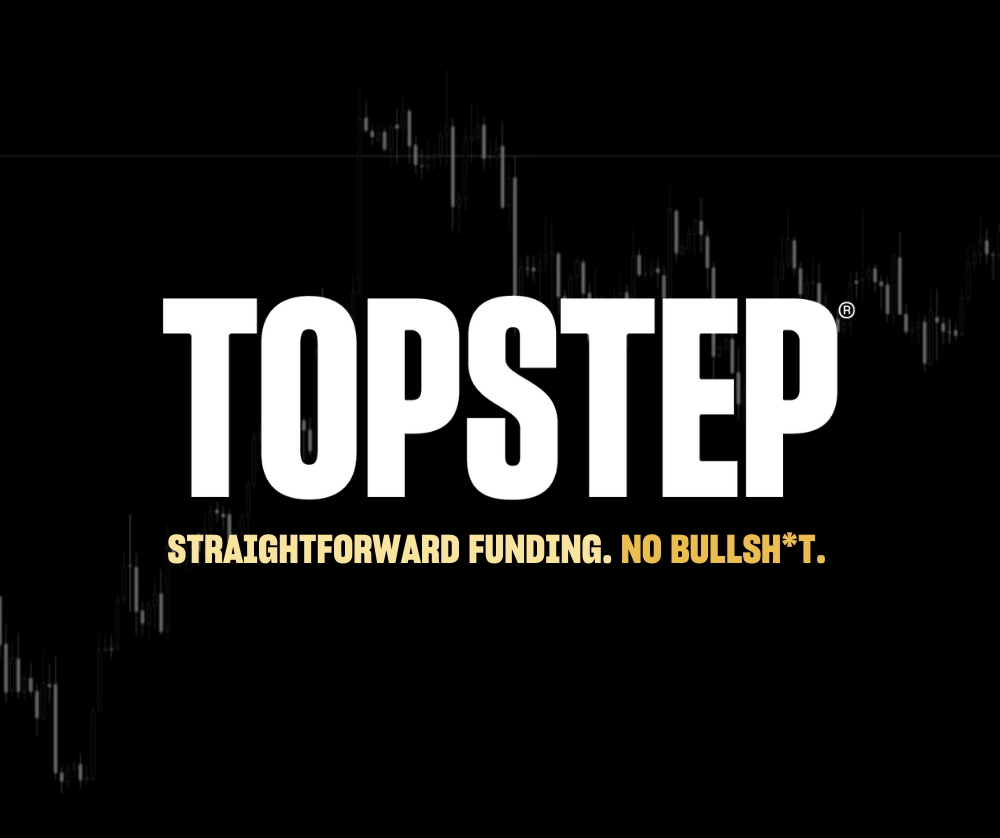Markets provide two types of trading activity: Trending and consolidating. Trending periods are obvious as price moves in one direction, up or down, without many interruptions; whereas consolidation periods are indecisive when price fluctuates higher and lower without moving in a certain direction. These consolidation periods can last from a few days to several months and typically trade within a limited range. While consolidating markets don’t offer obvious trends, the price balance between bulls and bears leads to the bounded range in which price levels of support and resistance are formed in parallel to each other. This bounded range results in a rectangular channel pattern (or box pattern).
Rectangle channel patterns consist of two parallel trendlines bounding the price-action having multiple pivot points forming at equal highs and equal lows. As price approaches the lower trendline, bullish sentiment sets to push the price up towards the upper trendline, and when the price reaches the upper trendline, bearish sentiment tends to push the price down towards the lower trendline, thus creating a tug-of-war.
Each of these thrusts must form at least two key pivot points on the upper and lower trendlines to create a rectangle channel. This bounded range becomes a consolidation area, where traders are indecisive and may not take trend-based trades.
 Rectangle channel patterns are one of the popular charting techniques and they are reliable chart patterns and they provide precise entry, exit, stop and target trading levels. In general, this type of pattern falls into a broader “channeling” pattern category along with ascending channels (rising channels) or descending channels (falling). In ascending channels (rising), the price makes consecutive higher highs and higher lows, whereas, in descending channels, the price makes consecutive lower highs and lower lows. In rectangle channels, the price makes horizontal (parallel) highs and lows in a box formation. These channel patterns can be both continuous or reversal patterns. The price action inside the pattern itself is considered neutral.
Rectangle channel patterns are one of the popular charting techniques and they are reliable chart patterns and they provide precise entry, exit, stop and target trading levels. In general, this type of pattern falls into a broader “channeling” pattern category along with ascending channels (rising channels) or descending channels (falling). In ascending channels (rising), the price makes consecutive higher highs and higher lows, whereas, in descending channels, the price makes consecutive lower highs and lower lows. In rectangle channels, the price makes horizontal (parallel) highs and lows in a box formation. These channel patterns can be both continuous or reversal patterns. The price action inside the pattern itself is considered neutral.
Trading rectangle channels
Rectangle channel patterns are formed by price action between two key trendlines bound by multiple equal (near) highs and lows. The duration of the pattern can be a few days to months. Longer duration patterns are considered to be more reliable. The pattern must have at least two pivots (equal highs or equal lows) on each of the trendlines. The price breakout can occur in any direction from the pattern, but the general belief is that price may break out in the same direction as prior direction before the pattern formation (see “Breakouts,” above). The volume inside the pattern is non-decisive, but volume tends to increase during the breakouts.
Trade: Trade setup occurs when price closes outside the trendline (upper or lower) at least two bars signaling a breakout. Trades are entered on a follow-up bar at high above the breakout bar or low below the breakdown bar (see “Trading breakout/breakdown,” below).
Target: Targets in rectangle channel formations are based on the depth of the rectangle pattern. Targets are usually set at 70% to 100% of the depth of rectangle from the trade entry.
Stop: Rectangle patterns fail when prices retrace into the middle of the rectangle channel. Place a stop order just below the middle of the channel.

Trading example
The following example shows an emergence of a rectangle trading channel formation in crude oil futures (see “Crude breakout,” below). After a steep downtrend in 2015 from a high of $80.82 per barrel to a low of $38.12 (early 2016), prices have been consolidating in a narrow range from $44 to $57.
Several potential scenarios for trading crude oil are presented here.
 If price continues to trade lower and breaks down (downside breakout) below the lower trendline at $44.22, per barrel crude may give an opportunity to enter a short trade. Enter a short trade below the low of the breakdown bar below at $44. Place a stop at the middle of the rectangle channel ($51.08). Targets are placed at $37 and $30.50.
If price continues to trade lower and breaks down (downside breakout) below the lower trendline at $44.22, per barrel crude may give an opportunity to enter a short trade. Enter a short trade below the low of the breakdown bar below at $44. Place a stop at the middle of the rectangle channel ($51.08). Targets are placed at $37 and $30.50.
If price reverses from current prices and starts to trend higher and breaks out (upside breakout) above the upper trendline at $57.93, there is an opportunity to enter a long trade. Enter long above the breakout bar’s high and place a stop at the middle of the channel ($51.08). Targets are placed at $64.78 and $71.
Some traders play rectangle channel as price bounces from support (lower trendline) and reverse (upper trendline) from resistance levels. This type of trading counter-trend moves can be profitable but requires excellent trading experience and requires extreme caution.





